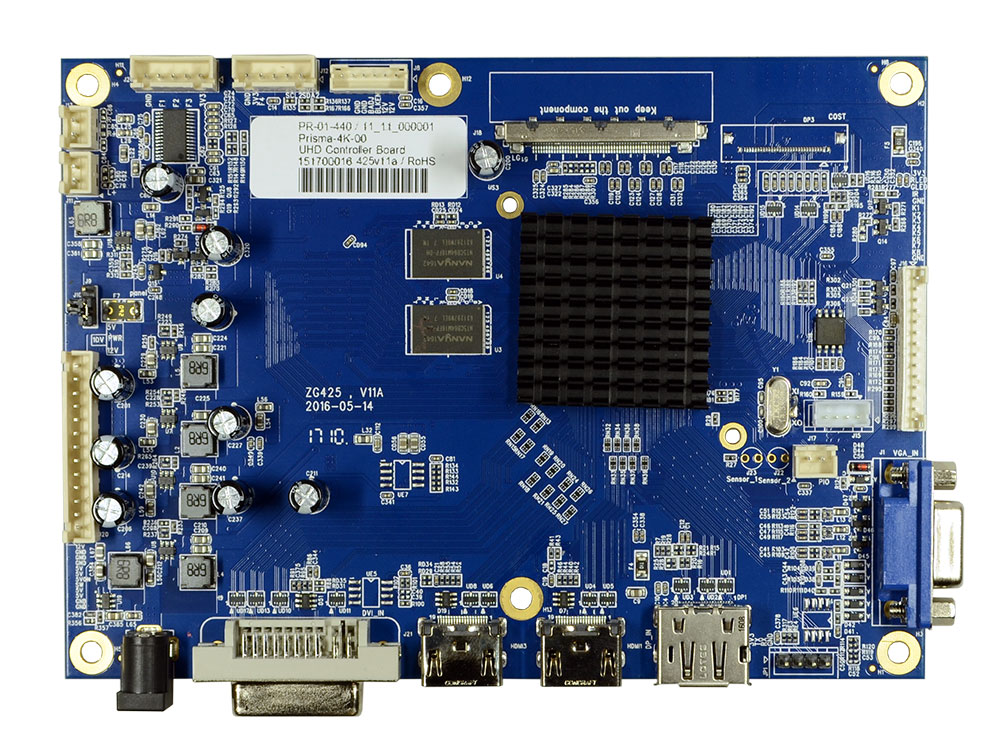
Cybersecurity Best Practices for Remote Work: Securing Your Business in a Digital World
August 30, 2023
The paradigm shift towards remote work has reshaped the business landscape, offering unprecedented flexibility and efficiency. However, along with these advantages comes a pressing need for robust cybersecurity measures. Ensuring data protection and fortifying digital defenses are paramount as businesses navigate this new era of work.
This guide from the Fortec US team offers essential cybersecurity best practices for remote work, empowering you to secure your business in a digitally interconnected world.
Navigating the Remote Work Landscape: Opportunities and Challenges
The rise of remote work has opened doors to global collaboration and transformed how work gets done. The benefits are undeniable, but this shift also brings forth a range of cybersecurity challenges that demand attention to safeguard sensitive information and maintain operational integrity.
Elevating Your Business’s Cybersecurity
In the realm of technology solutions and digital safety, a set of practices can significantly enhance your cybersecurity posture during remote work:
1. Multi-Factor Authentication (MFA)
Implement MFA as a fundamental layer of account security. By requiring multiple forms of verification, MFA adds a strong barrier against unauthorized access, significantly bolstering your defenses.
2. Securing Network Connections
Connecting remotely often involves unsecured networks. Utilizing virtual private networks (VPNs) encrypts your internet connection, shielding your data from potential interception by malicious actors.
3. Regular Software Updates
Regularly update software to close potential vulnerabilities. Keeping operating systems, applications, and security tools up to date ensures you’re equipped to counter emerging threats effectively.
4. Employee Training and Awareness
Empower your remote workforce with cybersecurity knowledge. Conduct regular training sessions to educate them about best practices, phishing threats, and safe online conduct.
5. Endpoint Security
Endpoint devices are prime targets for cyberattacks. Employ robust endpoint security solutions, such as antivirus software and intrusion detection systems, to prevent breaches.
6. Data Encryption
Encrypt sensitive data in transit and at rest. This practice ensures that even if data is intercepted, it remains indecipherable without the appropriate decryption key.
7. Safe Passwords
Changing your passwords frequently and ensuring your passwords are secure is one of the easiest ways to provide an extra layer of security for your data and accounts. Be sure to use a mixture of uppercase letters, lowercase letters, numbers, and special characters.
A Comprehensive Approach: Safeguarding Business Trust
In the age of remote work and interconnectedness, a holistic approach to cybersecurity is essential. Beyond technical aspects, cybersecurity is about preserving trust—trust from clients, partners, and stakeholders. By implementing these best practices, you’re not only protecting your business from potential threats but also upholding the confidence others have in your operations.
Contact Us Today to Learn More About Our Custom Digital Screen Solutions!
As the global leader in optical bonding, Fortec US supports you in all project phases – from the construction of the metal housing and procurement of specific parts to the in-house development of controller boards and touchscreen integration. In need of a product, part, or have a project in mind? Contact us today at (631) 580-4360 or on our website for more information.

The Benefits of Touchscreen Integrated Displays
December 8, 2025

Why Retailers Need Stronger Cybersecurity Strategies During the Holidays
December 5, 2025

Staying Safe This Season: Cybersecurity Tips for Online Shoppers
December 2, 2025

What Makes a Display Industrial Grade?
November 6, 2025

How Display Technology is Shaping the Future of Communication
November 5, 2025

How Prisma TFT Controllers Simplify Display Integration
October 28, 2025


